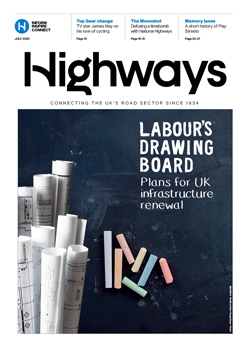Uber is planning to incorporate London’s bus and tube information into its app to deliver the UK’s capital a mobility as a service solution.
The Financial Times reports that it wants to go further than using Transport for London’s existing data feed by building a relationship with the organisation including accepting payments on behalf of TfL.
However it quotes TfL as saying it’s not doing anything extra to help Uber deliver the solution with the report adding that there is concern that such a service may reduce, rather than increase, the number of journeys on public transport.
Uber could conceivably deliver a service without a formal partnership with TfL by using its existing realtime data feed and integrating a contactless payment mechanism such as Apple Pay in its app to pay for the TfL-delivered parts of the service.
The ITS industry has reacted positively to the news – Chris Patton, EMEIA Transport team, Fujitsu told SMART Highways, “There is a huge opportunity for transport providers across the country to develop a service that truly enables consumers to build their journey through one platform. Not just to find the right route, but to allow them to pay for the tickets they need and update the necessary nuances in their journey, like taking a bus, then the tube, then a train in first class with a table seat.
“As consumer demands have evolved to always experience the most efficient, frictionless services available, transport operators must deliver seamless and high-quality services that meet these expectations. Fundamentally, this means innovative digital services that make travelling not just as easy as possible, but as enjoyable as possible.
“If all industry stakeholders co-create – whether that’s a transport operator, government, a city authority or a technology company – together they can take ownership of the customer journey and maintain control of the customer relationships, offering them the best service possible.”
Devrim Kara, Director of PTV UK and Ireland added, “A multi-modal journey planner with seamless payment for all modes would make life a lot easier for travellers. It could encourage the use of taxis for the first and last mile combined with public transport instead of taking a taxi for the whole journey. On the flip side it could also encourage more taxi use instead of other modes such as walking, cycling or bus. Such integration can be a good thing but we need to understand the potential implications. Future scenario modelling and evaluation can help decision makers manage uncertainties and make the right choices.”





